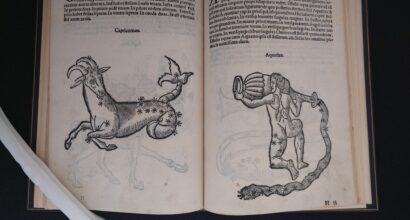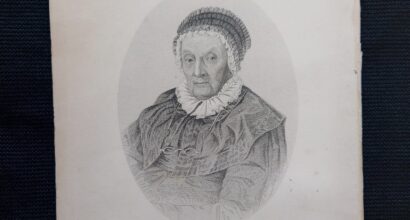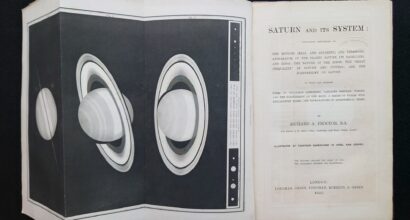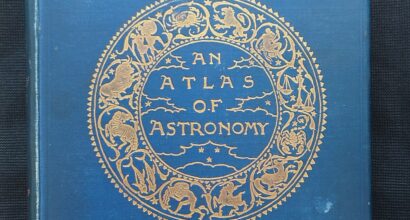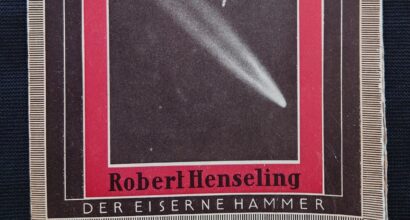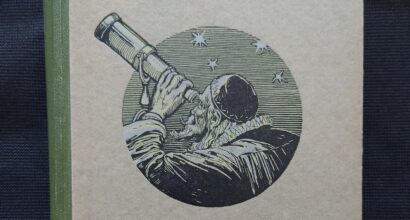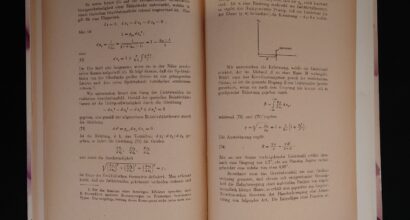Knut Lundmark Collection
Knut Lundmark was born in 1889 in Älvsby in northern Sweden. He was interested in stars and space and reading from an early age, although the small school he attended had only few books besides the Bible. He passed his matriculation exams at Luleå High School at the age of 19 and then began his studies at Uppsala University. During his first semester, Lundmark began studying astronomy under the guidance of Professor Nils Dunérs. After Dunérs retired, Lundmark was mentored by Östen Bergstrand, with whom Lundmark began to study cosmic distance gates.
During his studies, Lundmark took part in an expedition to Ångermanland, where he was able to document and study the total solar eclipse. In 1920, Lundmark defended his doctoral thesis on the Andromeda Galaxy as an independent star system outside the Milky Way. The dissertation earned Lundmark an associate professorship.
After his university studies, Lundmark travelled to the United States to study the nebula at the Lick and Mount Wilson observatories. On his return to Sweden, he applied for two professorships (astronomer at the Royal Swedish Academy of Sciences and director of the Sjaltsjöbaden Observatory, and director of the Lund Observatory) that were vacant in Sweden in the 1920s. He took over as Director of the Lund Observatory in 1929.
Once in Lund, Lundmark began to adapt the observatory to his own interests, with the aim of making it an international centre for galaxy research. However, the idea did not bear fruit. He served as professor and director of the Lund Observatory until his retirement.
Lundmark published many popular science books, the first of which, Spiralnebulosorna, appeared in 1922. From the 1930s onwards, Lundmark wrote several works popularising astronomy. He was also involved in writing non-scientific books, the most surprising and last of which was religious work Vad kristus lärt mig (1957).
The Book collection
Lundmark bequeathed his book collection of about 300 volumes to the Department of Astronomy at the University of Turku, where his friend Yrjö Väisälä was a professor. Today the collection is kept in the university’s Feeniks library.
